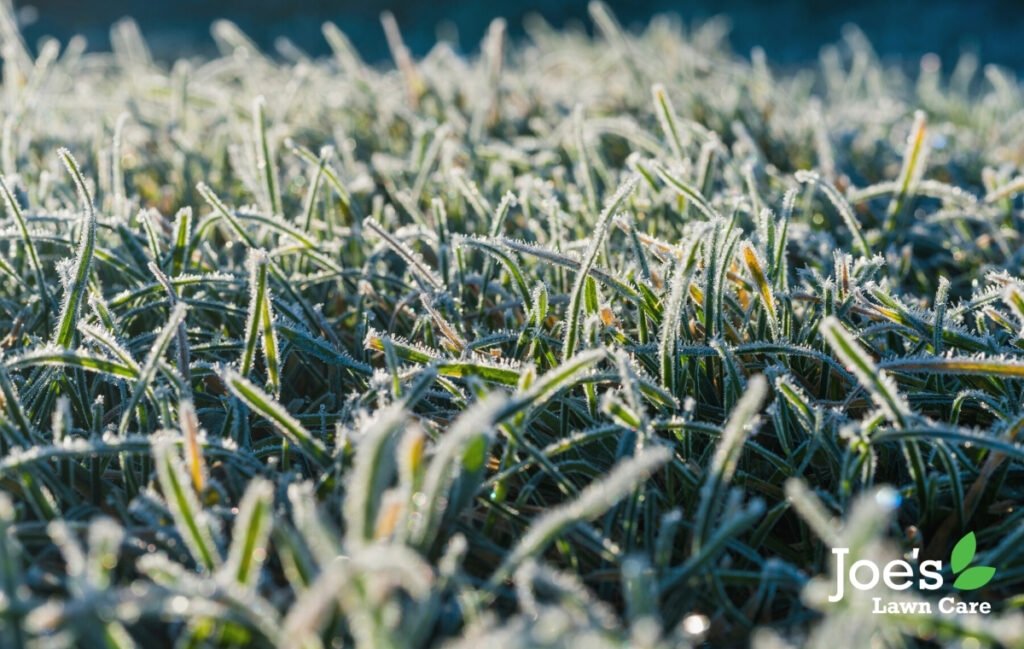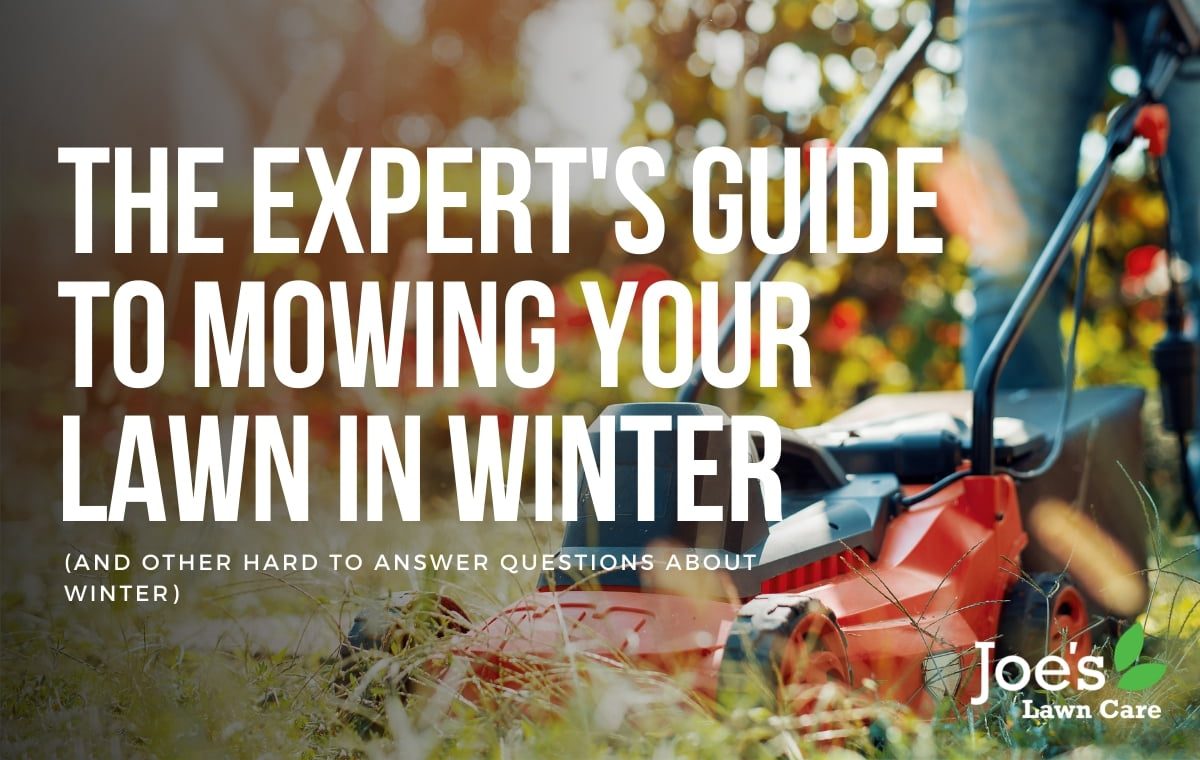The Expert’s Guide To Mowing Your Lawn In Winter
Sing along, everyone: “It’s the moooost wonderful tiiiiime of the year.” That said, with every winter comes a bunch of tricky questions that need answering. Should I wear two pairs of socks today? Do pumpkin-spice lattes actually taste good? Do my kids deserve presents this year? Should I be mowing my lawn in winter? Well, to answer your questions: yes, no, possibly and that depends. So, please read on for the expert’s guide to mowing your lawn in winter…
Of course, while each of these answers probably deserves an explanation, we’re lawn care experts, so we’re going to focus all of our attention on the latter: should you be mowing your lawn in winter. So, without further ado, here’s everything you need to know about cutting your grass during the colder months.

The answer is: “Yes you can” (mow your lawn in Winter)
In fact, the answer is: Absolutely yes. Now this may sound strange because, up until now, you’ve always tucked your mower away for winter and not touched it again until spring, but so long as your grass is growing, mowing it should be a key part of your winter lawn care.
Sure, the days may be short, the nights long and the weather a certified chilly, but grass will continue to grow all year round if weather conditions are right. From the sun shining to the ground temperature sitting above around 5°C, there are certain factors that will encourage your grass to keep growing. That said, there are some rules worth following before you pull on that cord and start pushing your mower — and this is them:
Never mow wet grass:
There are 7 reasons why mowing wet grass is a terrible idea, but at the top of the pile is your safety. Slipping over while pushing a machine that has a spinning blade is one to avoid. But it’s not just about your health, it’s about your lawn’s health too and soggy soil is extremely vulnerable to compaction, especially if your soil is quite clay-like. What’s more, wet grass is harder to cut cleanly, which means your mower will tear your grass blades instead leaving your lawn a) vulnerable to fungal diseases and b) unevenly cut.
Never mow before a frost:
When you mow your lawn, you’re cutting the grass blades and leaving them with an open wound that makes them exposed to certain problems — and frost is up there with the worst of them. Even a light frost can damage freshly cut grass. That’s because when the temperatures plummet towards that dreaded freezing point, your grass will become dormant, stop growing and ultimately be unable to repair itself after you’ve mowed it. As a result, you’ll find some patches of your lawn turn a nasty yellow-brown colour, while some patches of grass might not survive at all. Translation: don’t cut your grass for 48 hours before a frost is due.
Never walk on a frosty lawn:
Your frosty lawn may look more attractive than your High School crush did on prom night, but these frozen grass blades are so brittle that just walking across your lawn will snap or break them. This is all to do with the frozen water molecules inside your grass plants. Should you walk across your frozen lawn, your grass blades will actually break instead of just bending, forcing the now expanded water molecules to burst through the cell walls, causing an untold amount of damage. Of course, grass being grass, it will bounce back eventually, but it might not have fully recovered by the following spring, so try and avoid walking across it during a frost.
Always raise your mower deck:
While your winter mowing sessions will be few and far between, when you do decide “today is the day to cut my lawn” make sure you raise your blade a couple of notches higher than normal so that you don’t scalp your turf. As a general rule of thumb, never cut off more than ⅓ of your grass blades in one session, especially in winter. That’s because the days are shorter and the sun’s rays are weaker, so you want to keep your lawn a little longer to increase that surface area and allow your grass to soak up more of those essential sun rays.
Always clear up your grass cuttings:
As we mentioned above, with less sunshine on offer throughout the winter, it’s essential to give your lawn the best chance at thriving when it can. That’s why you need to grab your leaf blower and clear up all those cuttings. We know it’s an added chore, but by leaving those clippings and cuttings on your lawn, they’ll act as a sun-blocker that prevents your grass from surviving the winter. Not only that, but wet clippings are seriously good at attracting diseases, especially fusarium, so it’s worth the extra half-hour of clearing up after your mow.
Key takeaways:
Yes. You can absolutely mow your lawn in winter, but only when the grass is growing and a tidy-up is absolutely needed. As for things to avoid, make sure you:
- Don’t mow when it’s wet
- Don’t mow when a frost is due
- Keep off your frozen lawn
- Raise the blades on your mower
- Remove all grass clippings after you’ve mowed
And if you’re still unsure of whether it’s okay to mow your winter lawn or not, feel free to contact Joe’s Lawn Care and ask one of our experts for their advice on winter lawn care techniques.
Thanks for reading Joe’s blog ‘The Expert Guide To Mowing Your Lawn In Winter! For more lawn care tips and tricks, follow us on Facebook and Instagram.





